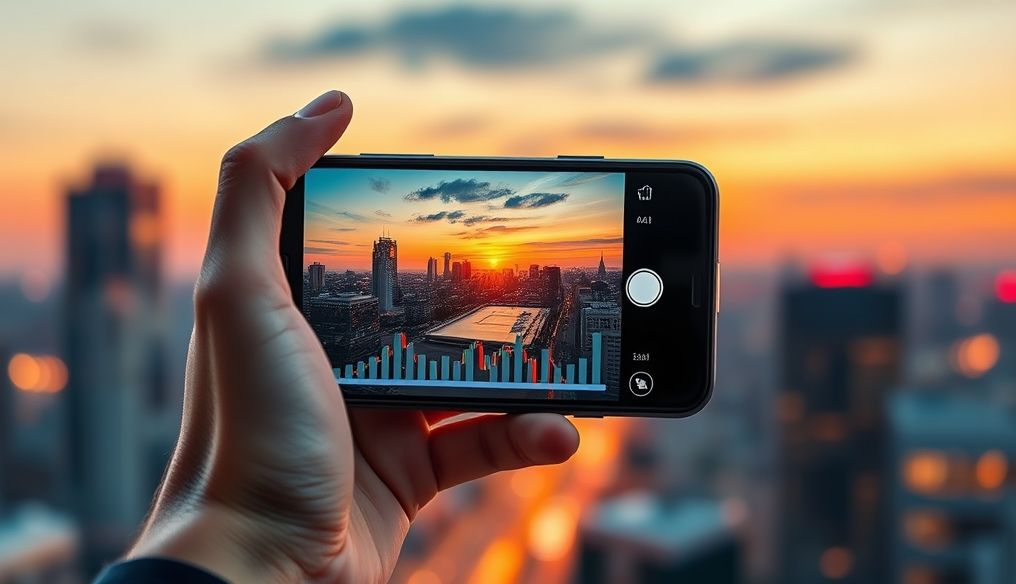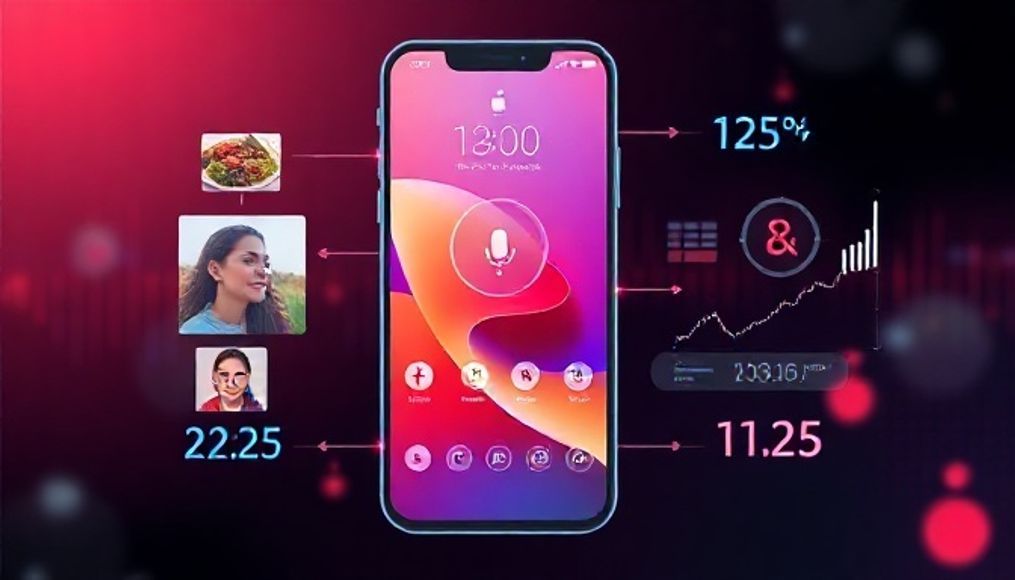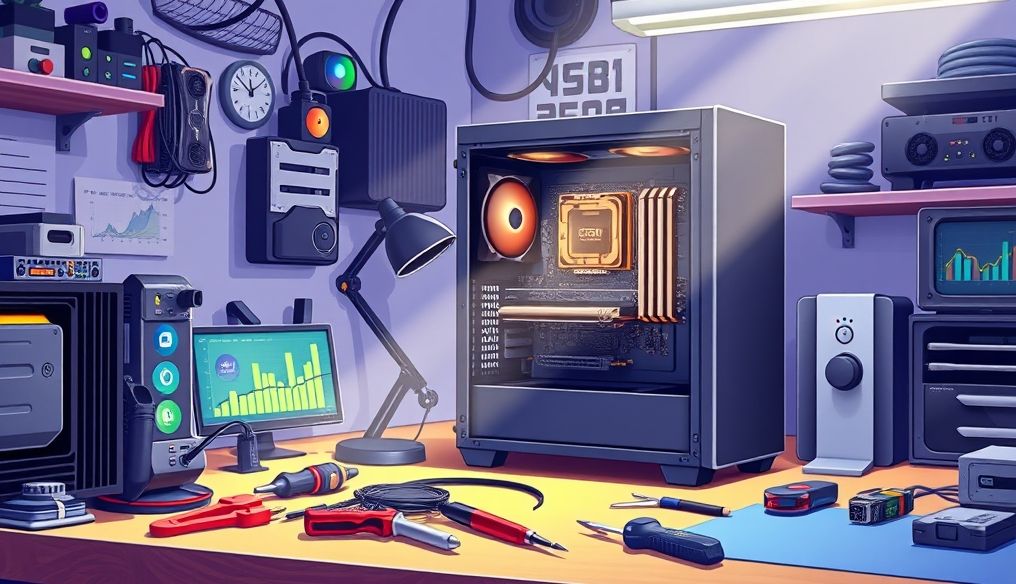How to Choose the Right Smartphone for Your Needs and Budget in 2024?
In today's world, the smartphone has become an integral part of our lives. We use it for communication, work, entertainment, and managing our daily affairs. With so many options available on the market, choosing the right smartphone can be a daunting task. This article aims to provide a comprehensive guide to help you make an informed decision based on your needs and budget.
1. Define Your Basic Needs
Before you start looking for a new smartphone, it is essential to define your basic needs. Ask yourself:
- What is the primary purpose of using the phone? (Communication, photography, gaming, work, etc.)
- What features are most important to me? (Camera, battery, screen, performance, etc.)
- What is my preferred operating system? (Android or iOS)
Once you have defined your basic needs, you can start narrowing down your options.
2. Set a Budget
The budget is one of the most important factors that determine your choices. Smartphone prices range from a few hundred dollars to over a thousand dollars. Set a realistic budget and stick to it. Remember that you don't need to buy the most expensive phone to have a good experience. There are many excellent smartphones available at affordable prices.
3. Operating System: Android or iOS?
The operating system is one of the most important decisions you will make. The two most popular operating systems are Android and iOS. Here is a quick overview of each:
Android
- Pros: High flexibility, wide customization options, more free apps, diverse prices.
- Cons: May be less secure than iOS, updates may be slower, the user interface varies from company to company.
iOS
- Pros: High security, fast and continuous updates, unified and easy-to-use user interface, seamless integration with other Apple devices.
- Cons: Less flexible than Android, limited customization options, more paid apps, higher prices.
Choose the operating system that suits your preferences and needs.
4. Camera: Megapixel Count Isn't Everything
The camera is one of the most important features for many. Don't be fooled by just high megapixel count. Look at other factors such as:
- Sensor size: The larger the sensor, the better the image quality in low light conditions.
- Aperture: The wider the aperture (lower f-number), the brighter the image in low light conditions.
- Additional features: Such as optical image stabilization (OIS), fast autofocus, and night mode.
If you are a photography enthusiast, look for a smartphone with a good camera.
5. Battery: Longer Life Means More Convenience
Battery life is one of the most important factors to consider. No one wants their phone to run out of battery in the middle of the day. Look for a smartphone with a large battery (4000 mAh or more) and fast charging technology. Also, keep in mind that some apps and features consume more battery power than others.
6. Screen: Size and Resolution Matter
The screen is the interface of your smartphone. Choose a screen with a size and resolution suitable for your needs. If you watch a lot of videos or play games, you may want a larger screen with a higher resolution. If you prefer a smaller, more portable phone, a smaller screen may be sufficient.
The most common types of screens are LCD and OLED. OLED screens offer more vibrant colors and better contrast, but they may be more expensive.
7. Performance: A Powerful Processor Ensures a Smooth Experience
The performance of your smartphone depends on the processor (CPU) and random access memory (RAM). If you plan to run apps and games that require high performance, look for a smartphone with a powerful processor and sufficient RAM (6 GB or more). Even if you primarily use your smartphone for basic tasks, a powerful processor will ensure a smooth and fast experience.
8. Internal Memory: Enough Space to Store Your Files
Internal memory is the storage space available on your smartphone. Choose a smartphone with enough internal memory to store all your files, apps, photos, and videos. If you take a lot of photos and videos, you may need more internal memory (128 GB or more). You can also look for a smartphone that supports a microSD card to expand the memory.
9. Additional Features: Things That Make Your Life Easier
There are many additional features that may be important to you, such as:
- Water and dust resistance: If you live in a humid area or work in a dusty environment, water and dust resistance may be a necessary feature.
- Fingerprint scanner or facial recognition: To secure your smartphone.
- NFC: For wireless payments.
- 5G: For access to faster 5G networks.
10. Research and Compare: Don't Rush to Make a Decision
Once you know what you're looking for, start researching smartphones that meet your needs and budget. Read reviews, watch videos, and compare specifications. Don't rush to make a decision. Take your time to find the right smartphone for you.
Extra tip: Try visiting a smartphone store to experience different phones before buying them. This will help you get a better idea of the phone's size, weight, and feel.
Conclusion
Choosing the right smartphone is a personal decision that depends on your needs and budget. By following the steps mentioned in this article, you can narrow down your options and make an informed decision. Remember that you don't need to buy the most expensive phone to have a good experience. There are many excellent smartphones available at affordable prices. Good luck in your search for your new smartphone!




